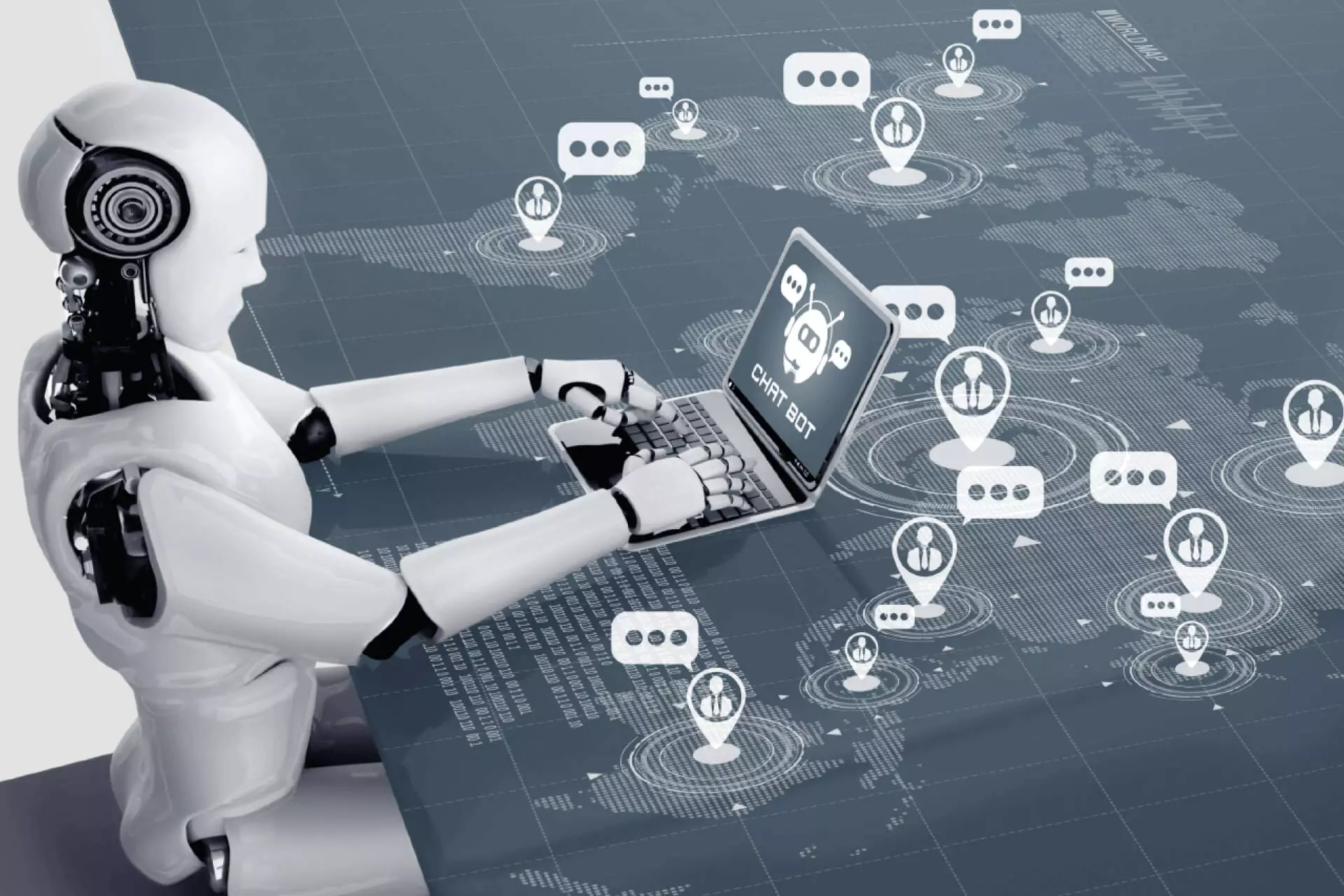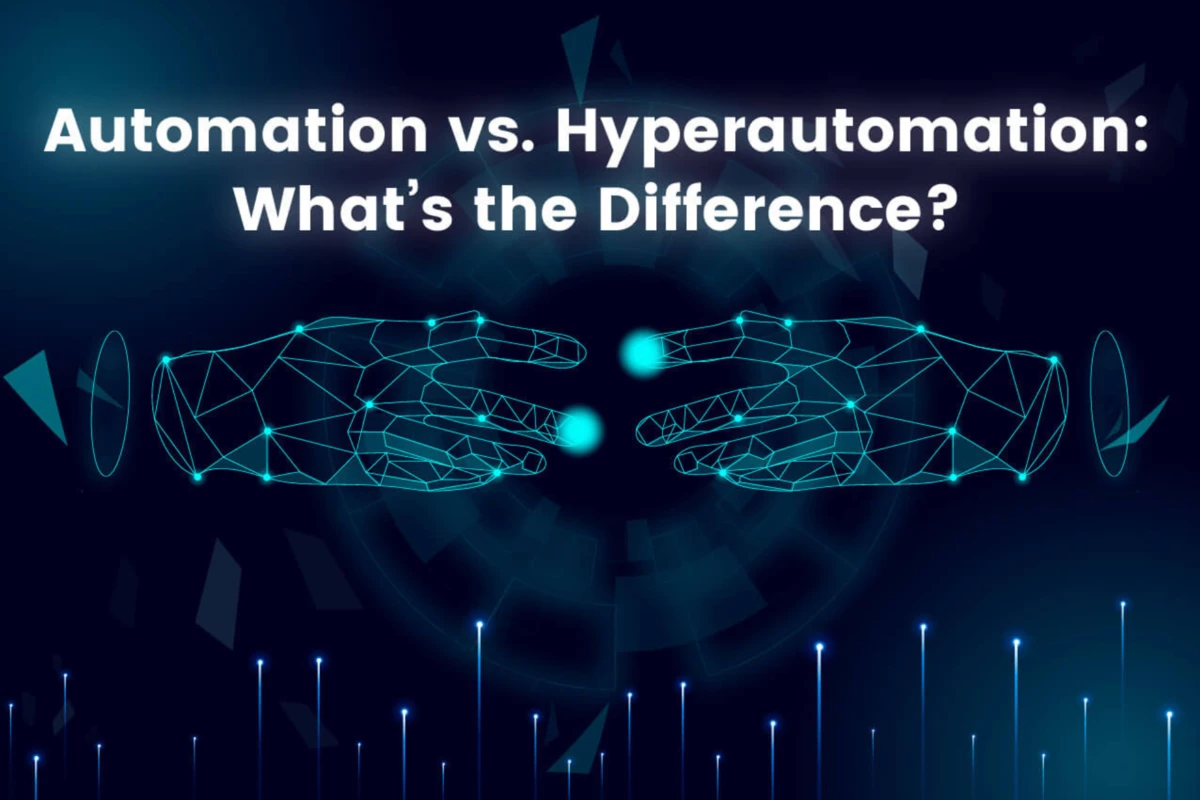Robotic Process Automation (RPA) is a software technology that is easy to make, position, and manage software robots. These bots emulate humans’ conduct interacting with digital systems and software. Just like people, software program robots do such things as know-how what`s on a screen, finish the proper keystrokes, navigate systems, figure out and extract data, and appear in an extensive variety of described conduct. But software robots can do it briskly and more constantly than people. And without needing to stretch or take a coffee break.
Advantages & benefits of using RPA
RPA generation is converting how work is done.
Software robots rather than people — do repetitious and lower-value work, like logging into operations and systems, moving files and folders, exacting, copying, and filling data, filling in forms, and completing routine analyses and reports. Advanced robots can perform cognitive processes, like interpreting texts, engaging in chats and conversations, understanding unstructured data, and applying advanced machine learning models to make complex opinions.
When robots do these types of repetitious, high-volume tasks, humans are freed. They can concentrate on the effects they do most and enjoy innovating, collaborating, creating, and interacting with customers. Enterprises get a boost to advanced productivity, effectiveness, and adaptability.
Benefits of RPA automation
- Rapid and significant return on investment (ROI)
- Minimal investment
- No disruption in underlying systems
- Low-code build environment
- Scalable and enterprise-ready
RPA can automate various industries
Robotic Process Automation is used with the utmost diligence. Particularly those that include monotonous tasks such as BFSI (Banking, Finance, Securities, and Insurance), healthcare, and telecommunications. RPA is used in finance to automate governance, coordinate accounts, or process invoices. It is used to automate multiple supply chain processes, including data entry, predictive maintenance, and after-sales service support.
Telecommunications agencies use RPA to configure new offerings and related billing structures for brand-new accounts. Telco agencies additionally use RPA to drag statistics from a couple of structures whilst triaging system outages or predicting problems.
All the major systems integrators, including Capgemini, Deloitte, EY, Genpact, Tata Consultancy Services, and Wipro, are using RPA to help make operations that can make it easier for companies to borrow best practices in their niche.
How do I put RPA into action?
Robotic Process Automation bots have the same digital skillset as people. Suppose RPA bots as a Digital body of workers that may engage with any gadget or operation. For example, bots are suitable to copy-paste, scrape web data, make computations, open and move lines, parse emails, log into programs, connect to APIs, and extract unstructured data. And due to the fact bots can adapt to any interface or workflow, there’s no need to extrude commercial enterprise systems, operations, or procedures to automate.
RPA bots are clean to set up, use, and share. However, it`ll be appropriate to configure RPA bots, If you already know a way to document video on your phone. It’s as intuitive as hitting the document, plays, and prevent buttons. Moreover, the use of drag-and-drop to transport traces around at work. RPA bots may be listed, reproduced, customized, and taken part in to execute commercial enterprise procedures at some point in the association.
When automating any process, understanding KPIs and executing an ROI-driven solution is vital. Outworks Solutions Private Limited offer the most desired RPA results that anyone can use with ease. Enterprise-grade generation with the intuitive revel in of a purchaser operation. Download our PDF to know more about our RPA Services and its ROI calculators.
DOWNLOAD OUR REPORT ON RPAImplementing RPA into your business
Initiating with RPA is easy, but, indeed, alone doesn’t guarantee long-term success, especially at scale. Before you begin, take an in-depth look at the RPA and some examples of use cases. Enforcing RPA into your workflow is a long-term trip of creating business change, both functional and artistic. You will need great core money and the right tools. Help from expert RPA mates does not hurt, moreover.
What next after Robotic Process Automation?
Still, you must be a big-picture thinker, If you are then. The modern buzzword for which RPA generation evolves is hyper-automation. The idea is to automate business processes indeed automatically by adding complexity, that moment calculates on knowledge inputs from people. Automating begins to change the nature of work itself. Not only by furnishing an accessible way for business processes to come more “digital” but by changing the mortal work experience. It is setting the stage for more complex and intelligent addition and metamorphosis of business. In short, RPA defined the launch of a new period of work. The rest is yet to come.
How did Robotic Process Automation come into existence – The history of RPA
RPA is built on the success of macro technologies developed for automating homemade tasks within operations like Excel. In the 1980s, these capabilities were extended to numerous enterprise operations using largely customized data-scraping operations. Several checking-out device merchandisers beefed up their automation abilities on the flip of the century to assist automate consumer interplay checking out and load checking out.
The real term RPA was coined in 2012 by Phil Fersht, author and lead critic at HFS Research. The technology plodded along until about 2018 when it exploded in popularity as companies took digital transformation and RPA platform capabilities bettered. At present, it’s one of the fastest-growing orders of enterprise operation automation.
Presently, RPA software is particularly useful for associations that have numerous different and complicated systems that need to interact together fluidly. For case, if an electronic form from a mortal resource system is missing a zip law. Traditional automation software would flag the form as having an exception. A hand would handle the exception by looking up the correct zip law and entering it on the form. Once the form is complete, the hand might shoot it onto payroll so the information is in the association’s payroll system. With RPA technology, still, the software can acclimatize to interact with the payroll system without mortal backing.
Trending in RPA Technology
Robotic Process Automation( RPA) in 2023 won’t be about what’s new and attractive, but rather the elaboration and development of trends formerly underway.
This should be welcome news for IT and business leaders who see RPA as a single-time in a multi-prong automation strategy. But 2023 in general is likely to be a time when boards, investors, consumers, and other stakeholders ask “Where are the results?”. To put it more specifically: Where are the results from those outsize investments you’ve been making in digital transformation, AI/ ML, cloud, and others?
RPA is a goal-directed technology that intersects with those big IT pillars in multiple ways. The hype is more, and now it’s entering a more mature phase. Now IT leaders and their teams will strengthen use cases that work and produce results.
In this briefer, we explore the top RPA trends to watch for in 2023. And how businesses can exploit these trends in their digital journey.
Next-level business workflows on RPA.
RPA is accelerating by automating routine, mundane tasks quickly and fluently. Organizations are using RPA and combining it with reciprocal technologies similar to process unity and document intelligence to automate tasks.
Integrate Robotic Process Automation with different technologies
RPA is a result that concentrates on automating repetitious tasks in the back office, similar to data manipulation or reporting. Still, the rise of different customer-facing technologies enables RPA to lead end-to-end automation tasks. For example, an RPA bot can be integrated with a client service chatbot to exact data directly from human speech or text. Further, the bot can automate applicable tasks for the client without demanding any human intervention between the client and the bot.
Prioritizing homemade workflows.
This enables associations to constantly move rapidly and innovatively. RPA can help free up time, allowing the focus to be on further precious, high-impact tasks or processes that are moving the business forward.
Automate cybersecurity measures with RPA
The rise in the number and cost of data breaches, ransomware, and cyber-attacks has drawn further attention to cybersecurity technologies. RPA can be a major seeker to automate cybersecurity measures as it eliminates human intervention in privileged data processing, and can cover and notify users of cyber attacks. Nevertheless, RPA itself poses cyber trouble as it’s prone to attacks and abuse of bot authorizations. Thus, it’s important to follow the best practices of RPA implementation to attain the best results and avoid cyber attacks.
RPA is one of the fastest-growing technologies at present. From this above briefer, we can understand the benefits, trends, implementation, and also the history of Robotic process automation. Contact us to know about RPA services



